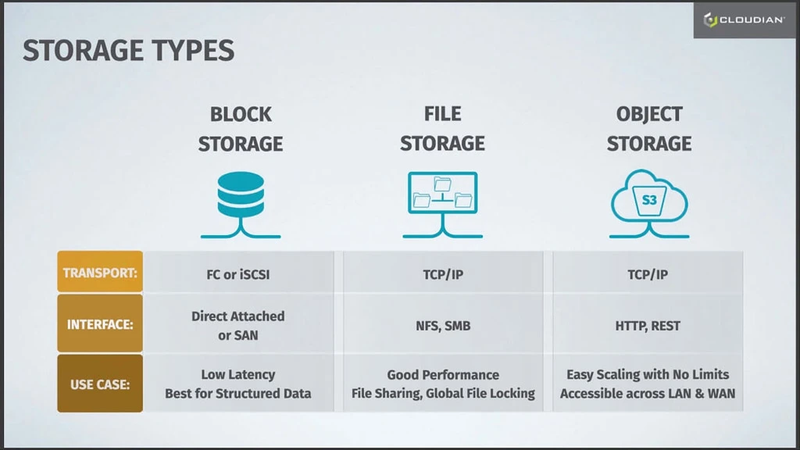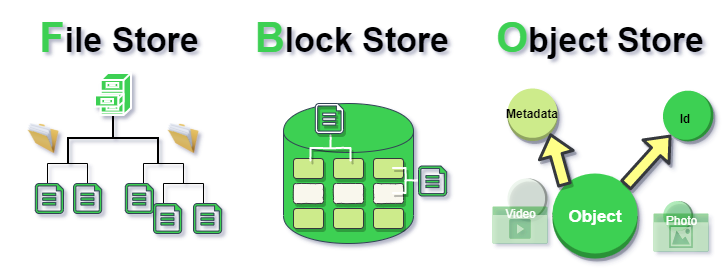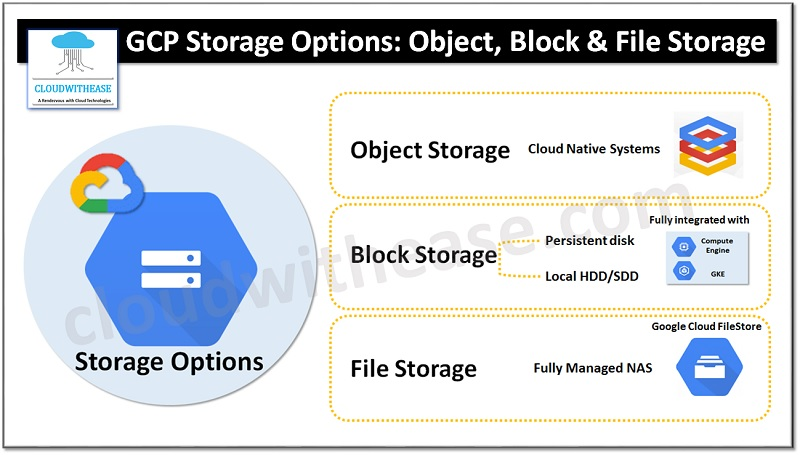Object consist of what
How to identify each object
file storage service in AWS that can be mounted on multiple EC2 instances
In cloud computing, different types of storage services are designed to cater to various storage needs and use cases. The three primary types of storage services are object storage, file storage, and block storage. Let's explore each of these:
1. Object Storage
Characteristics:
- Stores data as objects, where each object consists of data, metadata, and a unique identifier.
- Objects are stored in a flat address space, and each object has a unique key.
- Scalable and highly durable, designed for storing vast amounts of unstructured data
Examples:
Amazon S3 (Simple Storage Service): A popular object storage service in AWS, suitable for a wide range of use cases, including backup, archiving, and serving static web content.
Google Cloud Storage: Provides object storage with different storage classes, such as Standard, Nearline, and Coldline, to optimize costs based on data access patterns.
Google Cloud Storage: Provides object storage with different storage classes, such as Standard, Nearline, and Coldline, to optimize costs based on data access patterns.
2. File Storage
Characteristics:
Organizes data into a hierarchical structure of files and directories.
Supports concurrent access by multiple users or systems through network protocols (e.g., NFS, SMB).
Suitable for shared file systems and scenarios where data needs to be accessed and modified concurrently.
Examples:
Amazon EFS (Elastic File System): Fully managed file storage service in AWS that can be mounted on multiple EC2 instances simultaneously.
Azure File Storage: Provides fully managed file shares in Azure, accessible via the Server Message Block (SMB) protocol.
3. Block Storage
Characteristics:
- Manages data as blocks, where each block is a separate piece of storage with its address.
- Typically used as attached volumes to virtual machines or instances.
- Offers low-latency and high-performance storage suitable for databases and applications requiring direct access to block-level storage
Examples:
Amazon EBS (Elastic Block Store)
Provides scalable block-level storage volumes that can be attached to Amazon EC2 instances.
Azure Managed Disks: Block-level storage in Azure that can be attached to virtual machines, providing high-performance and durable storage.





Top comments (0)